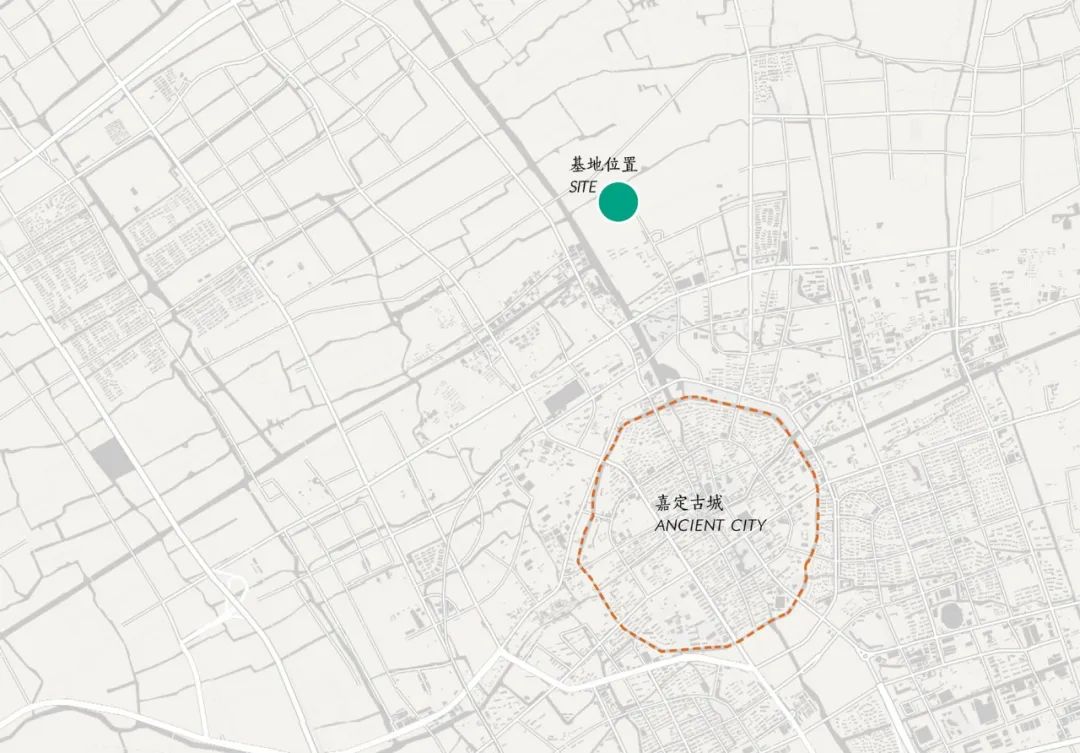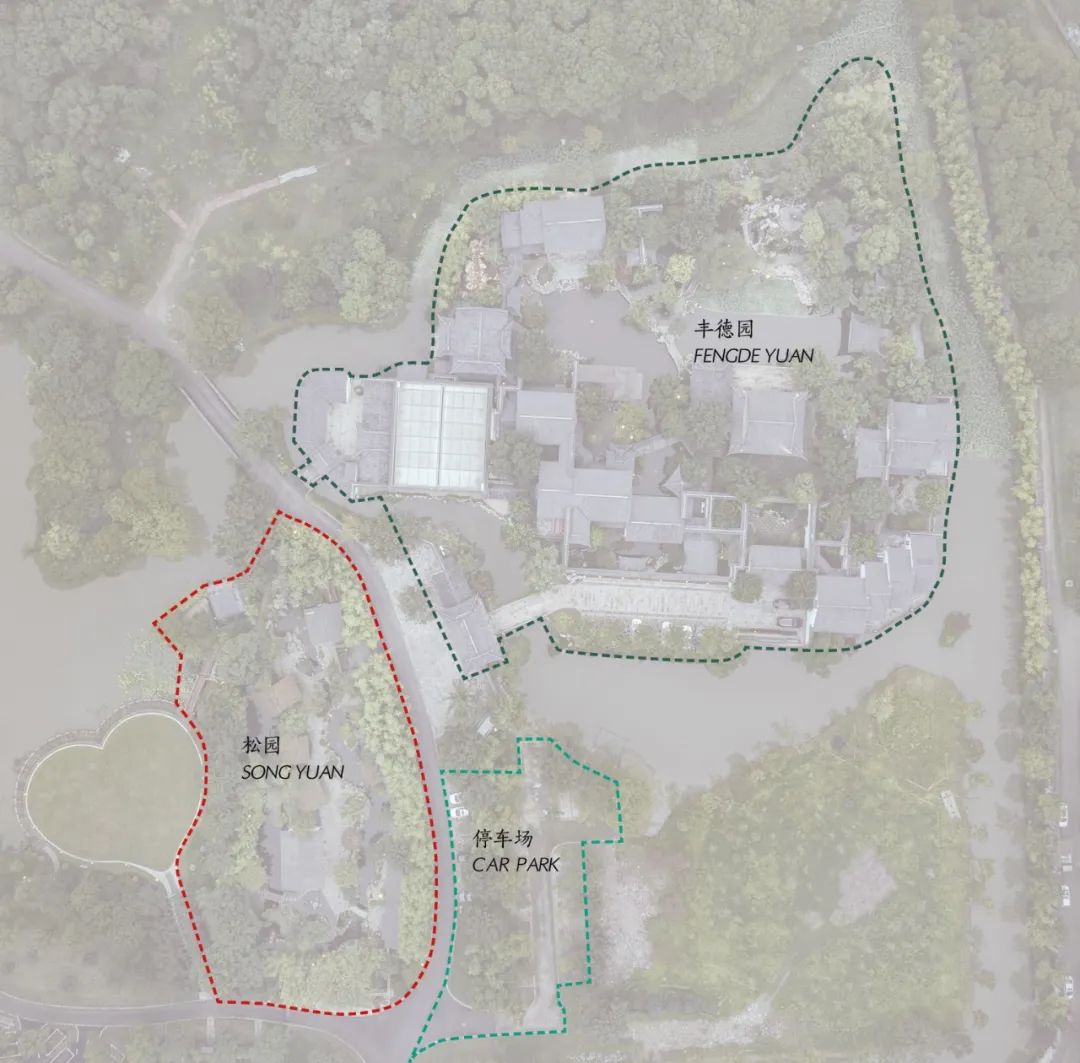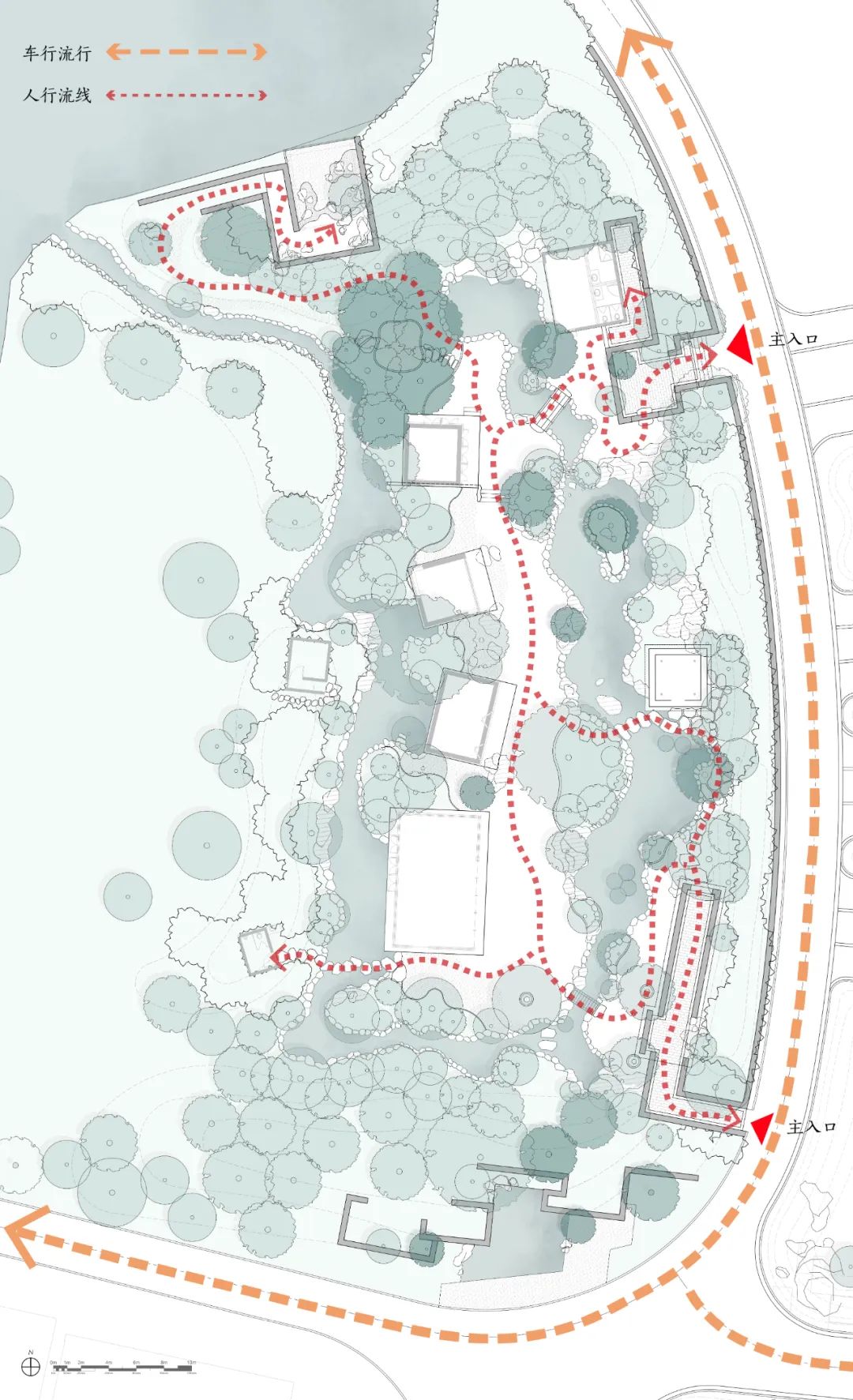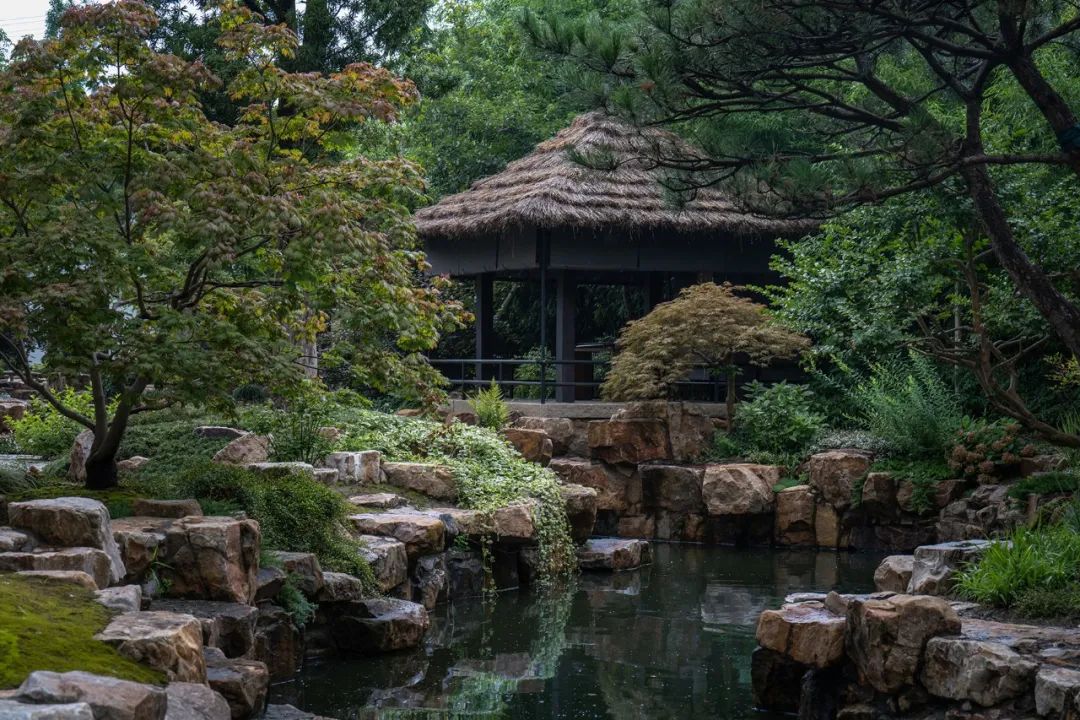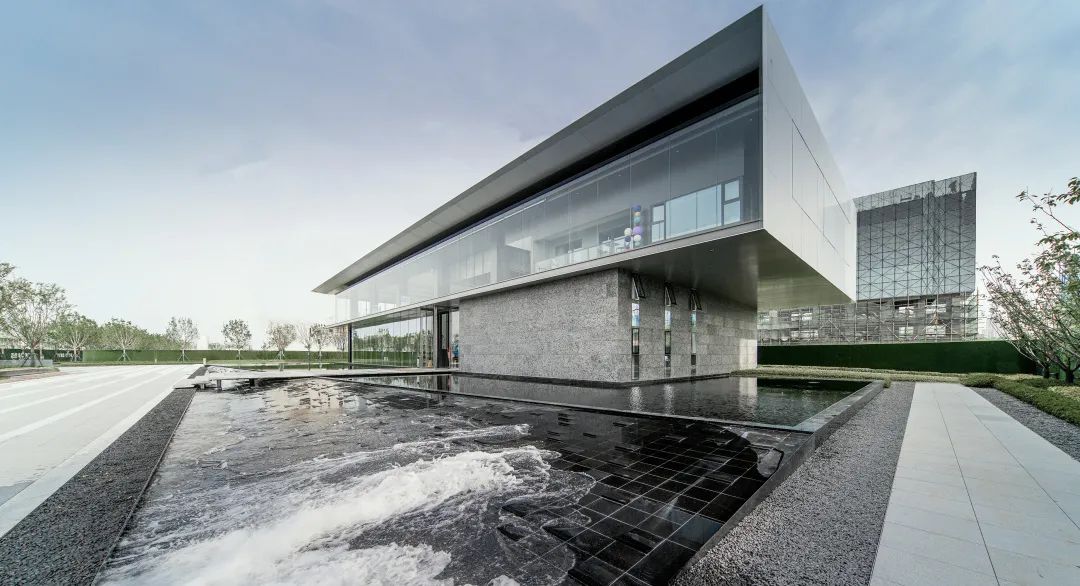
王羲之的兰亭序描绘了千年前一场临水而娱的上巳节雅集,以山水之美和欢娱之情,抒发他对于生死无常的感慨。这次的造园概念正是来自于这场雅集。整体布局沿一条U形水系展开,园内户外活动沿水岸展开,茶室依水而落,自由布置。
Wang Xizhis "Preface to the Lanting Pavilion" depicts a gathering by the water for the Shangsi Festival a thousand years ago. Through the beauty of the landscape and the joy of the gathering, he expressed his feelings about the impermanence of life and death. The concept for this garden design comes from this gathering. The overall layout is based on a U-shaped water system, with outdoor activities in the garden unfolding along the waters edge. Tea rooms are located by the water, freely arranged.
△ 项目流线分析 ©未相景观
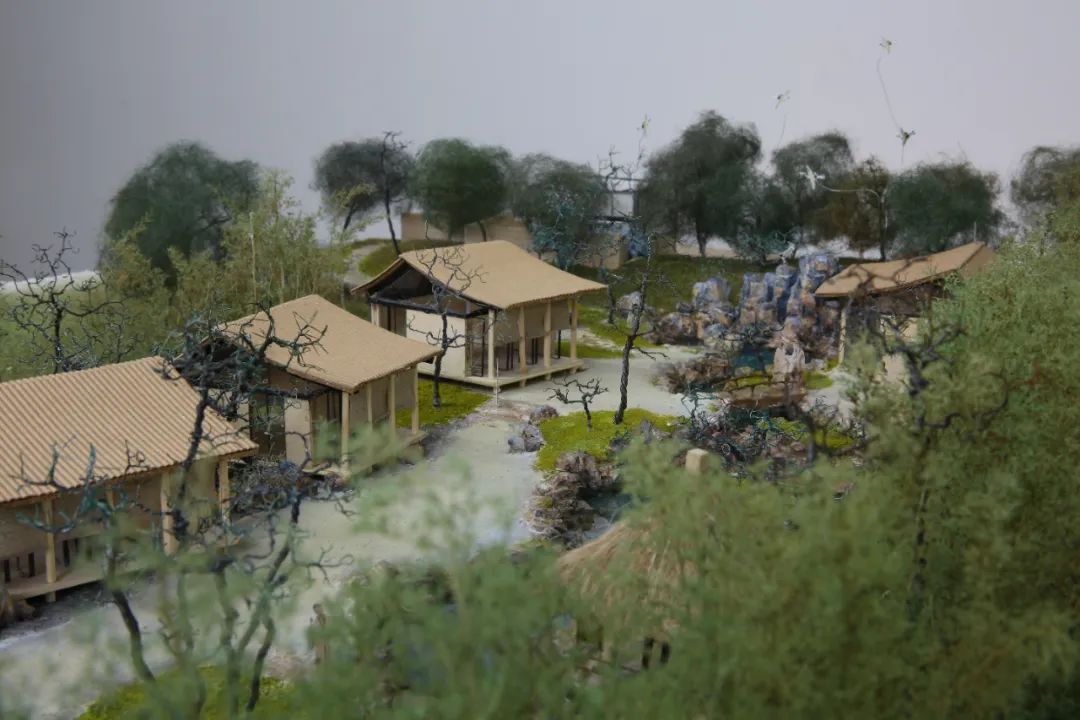
△ 模型外部空间 ©未相景观
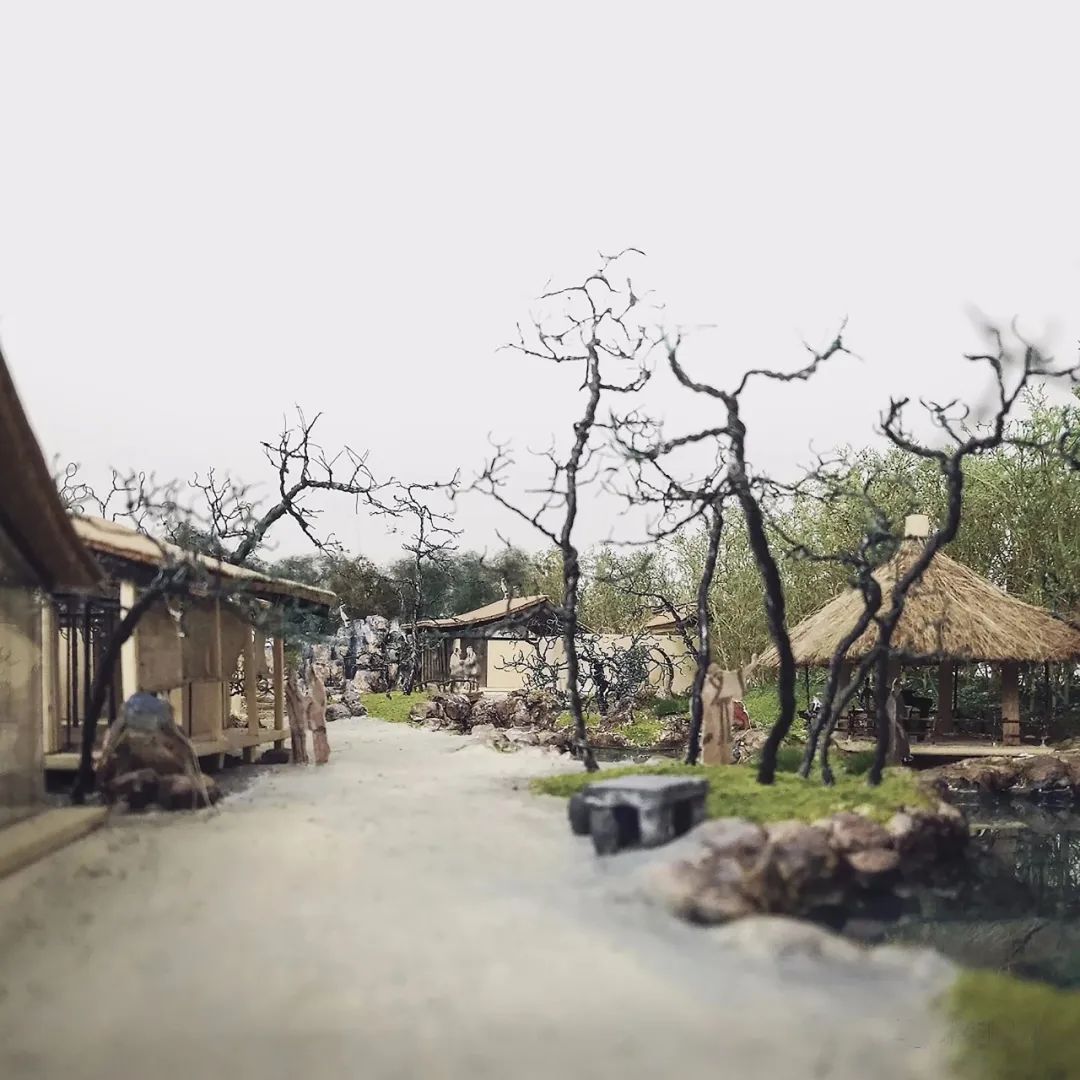
△ 模型外部空间 ©未相景观
项目位于嘉定古城北侧的菊园片区。离古城大约2公里。场地的东侧和南侧是内部道路,西北侧临水。
The project is located in the Chrysanthemum Garden area on the north side of Jiading Ancient City, about 2 kilometers away from the ancient city. The east and south sides of the site are internal roads, and the northwest side is by the water.
©吴清山

©吴清山
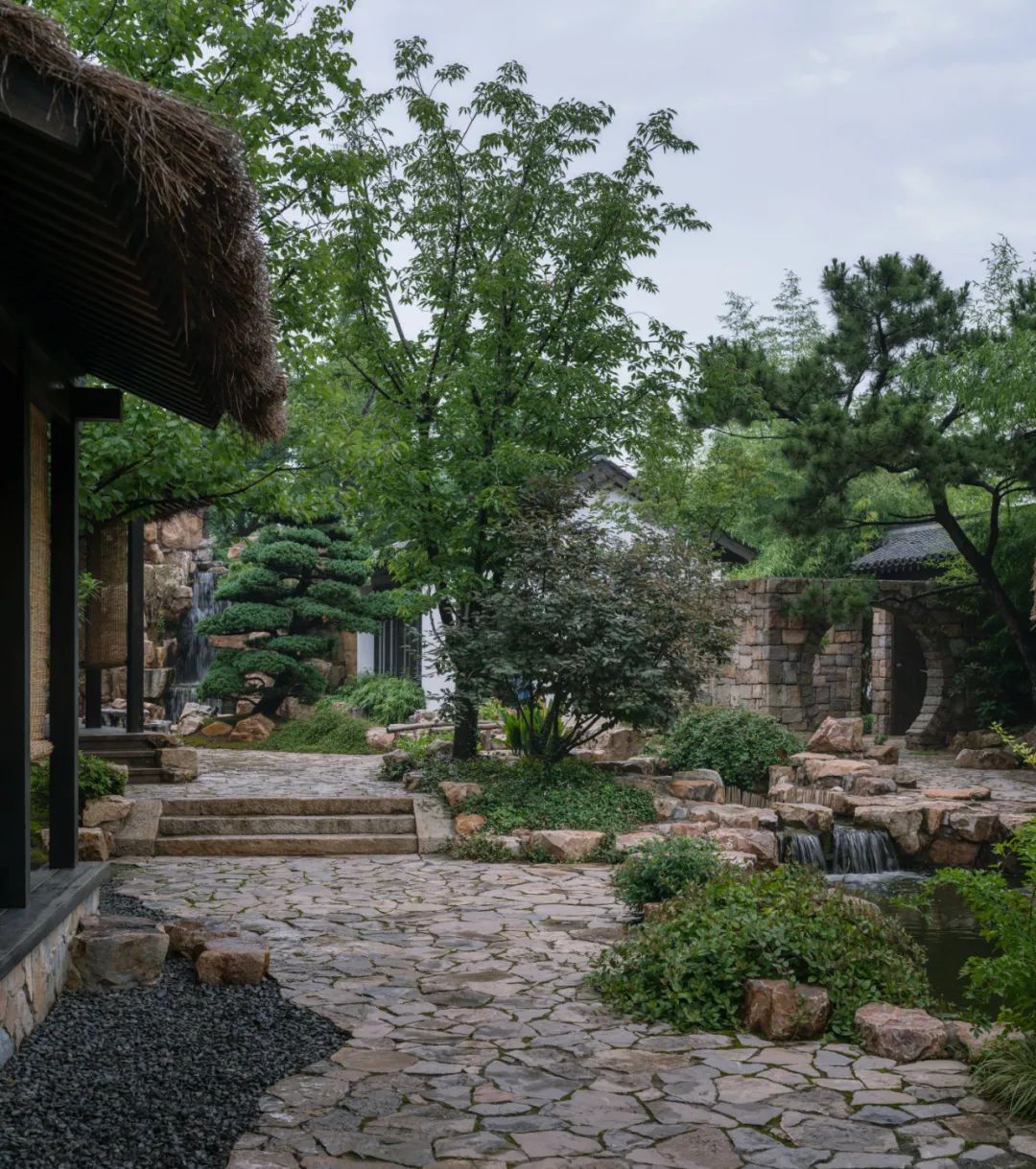
©吴清山
©吴清山
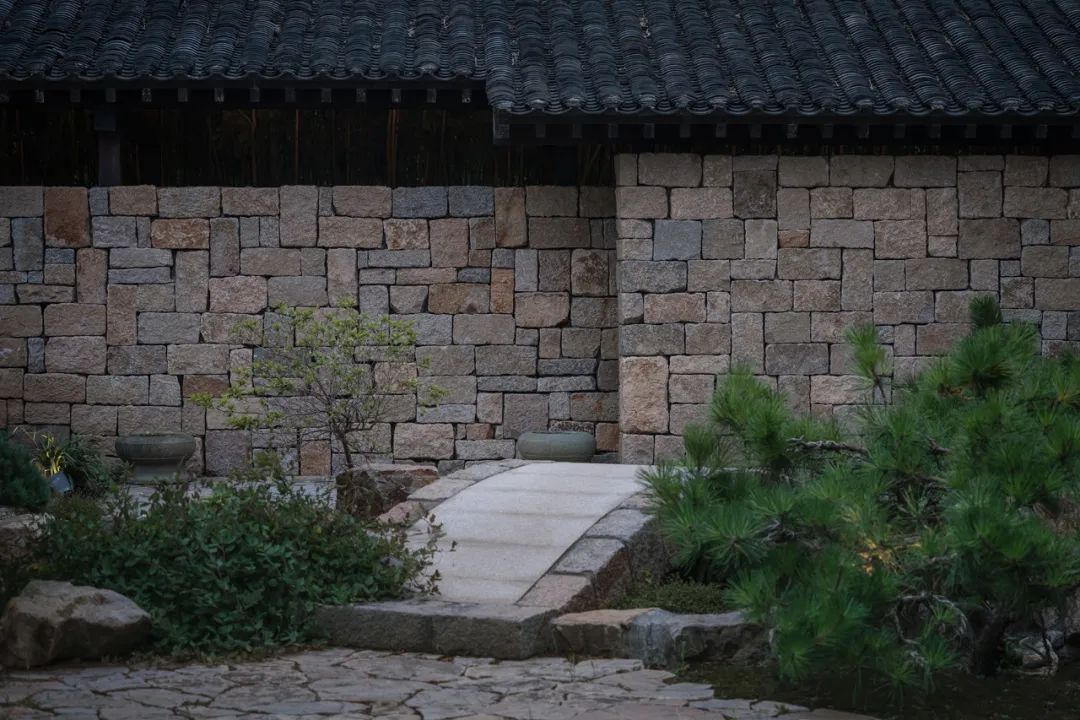
©吴清山
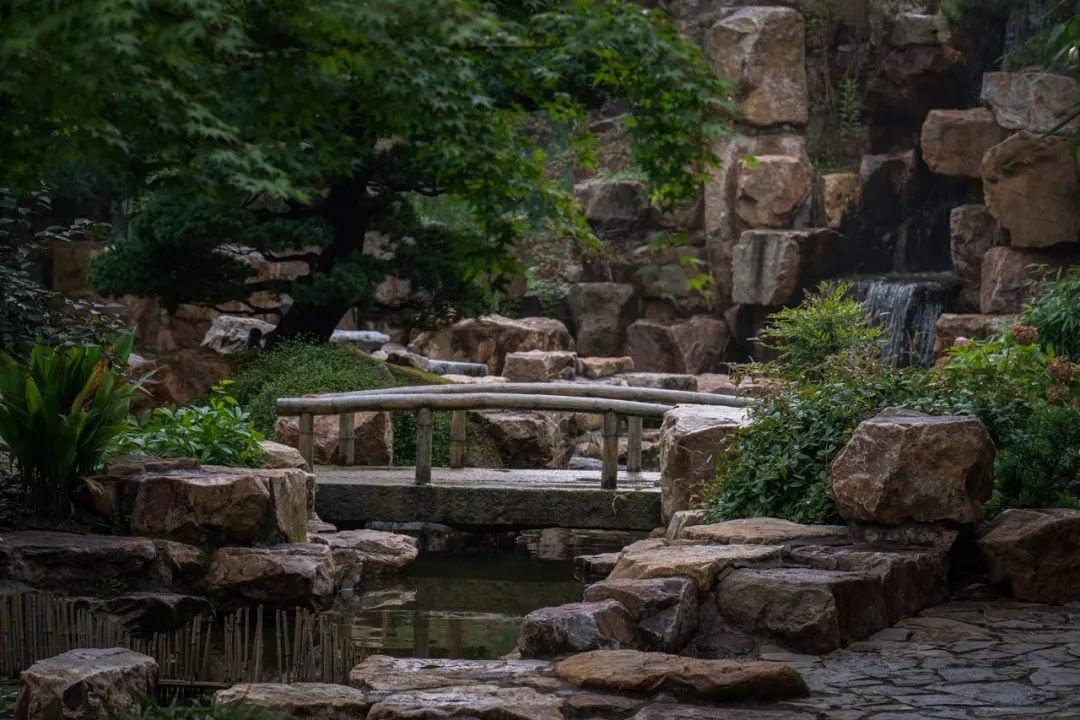
©吴清山
北入口为主入口,从小院向南穿过一道月洞门进入园子,这样有一个“递进”式的体验。
The northern entrance is the main entrance. One enters the garden from the courtyard through a moon gate to the south, providing a progressive experience.

©吴清山
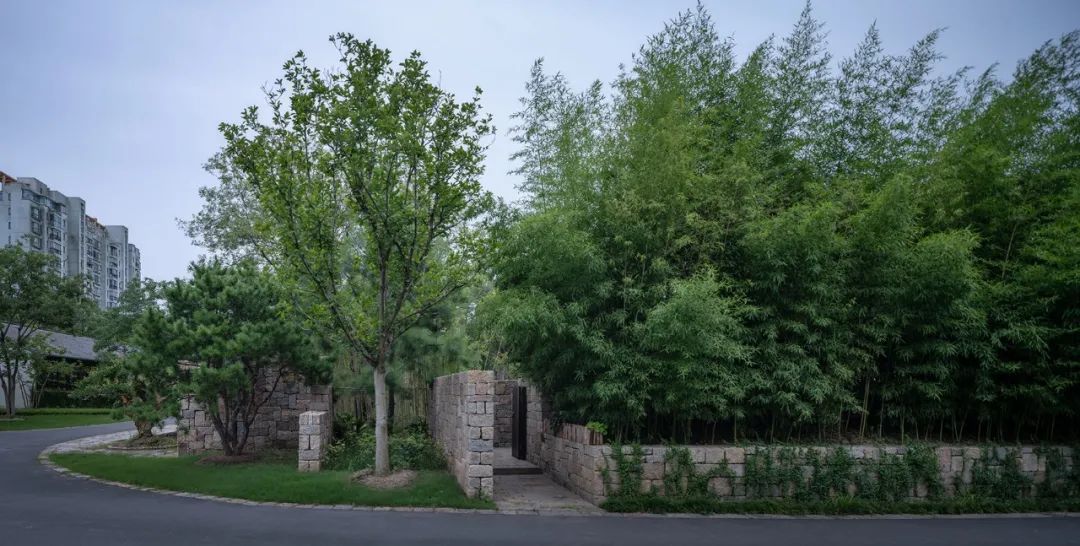
©吴清山
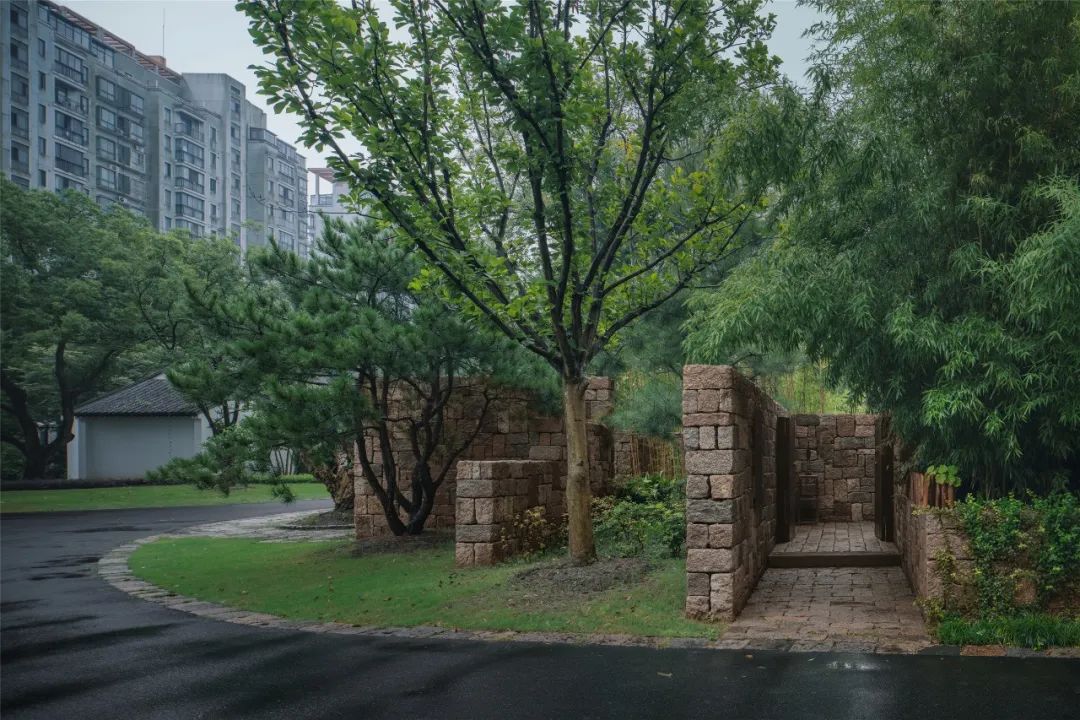
©吴清山
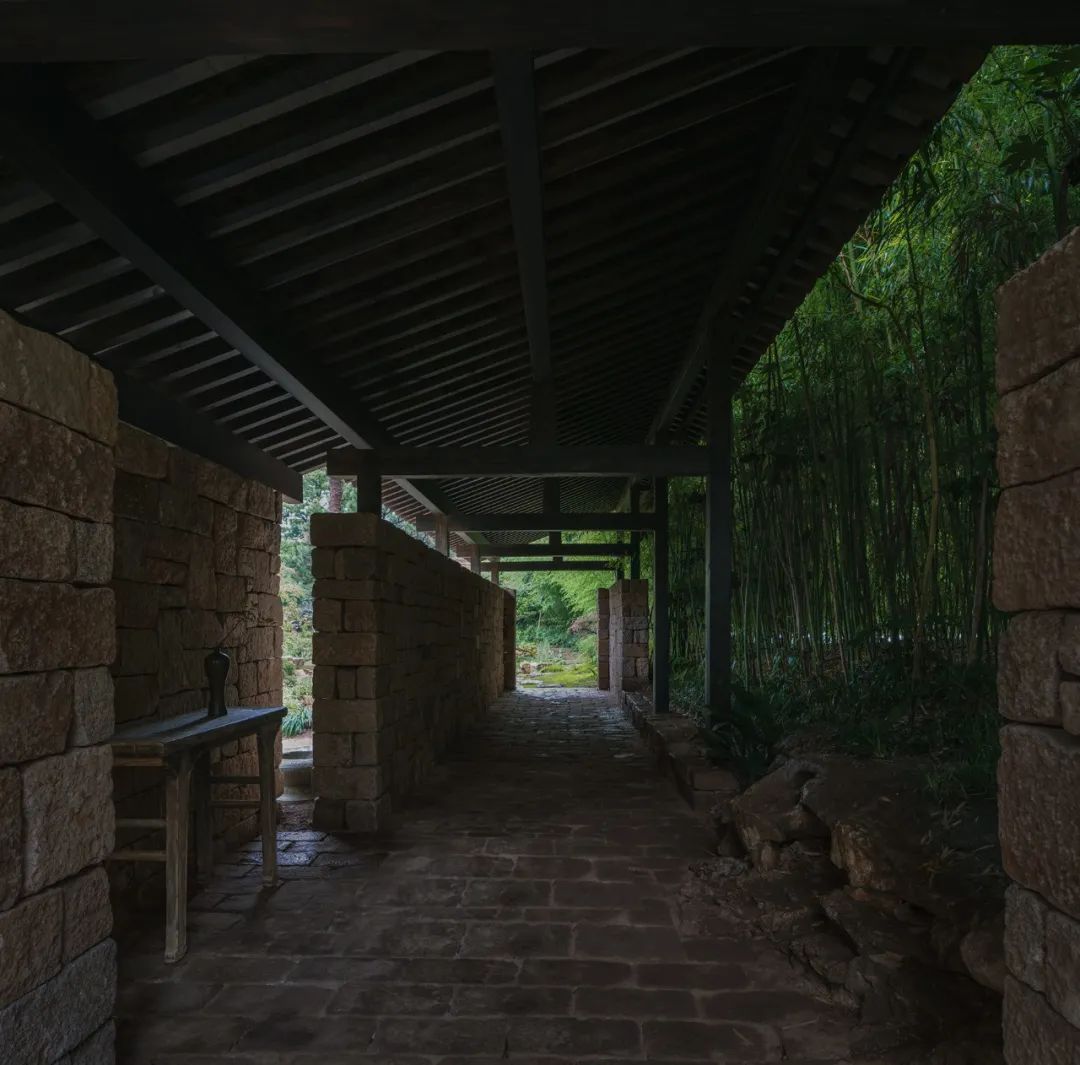
©吴清山
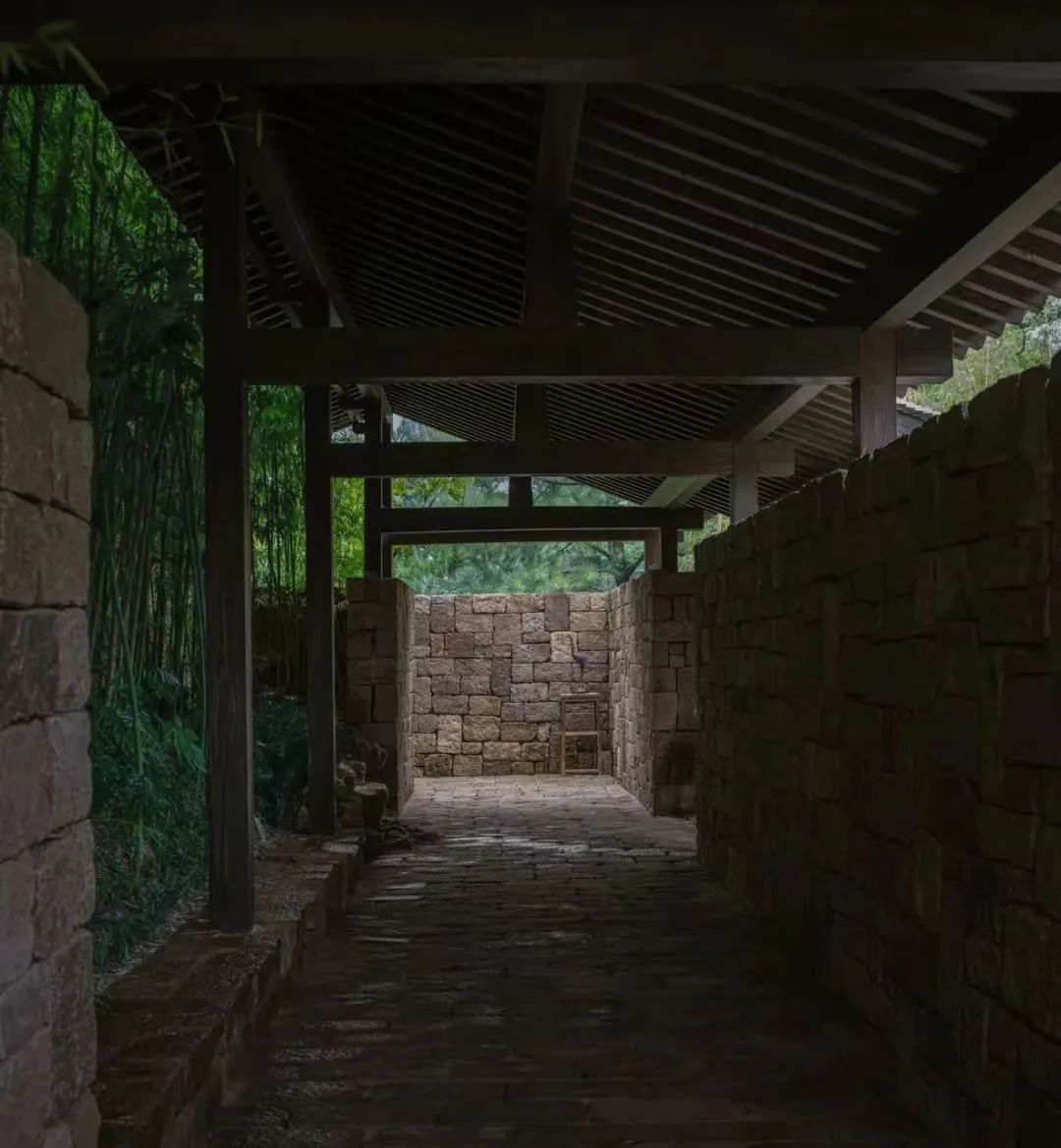
©吴清山

©吴清山
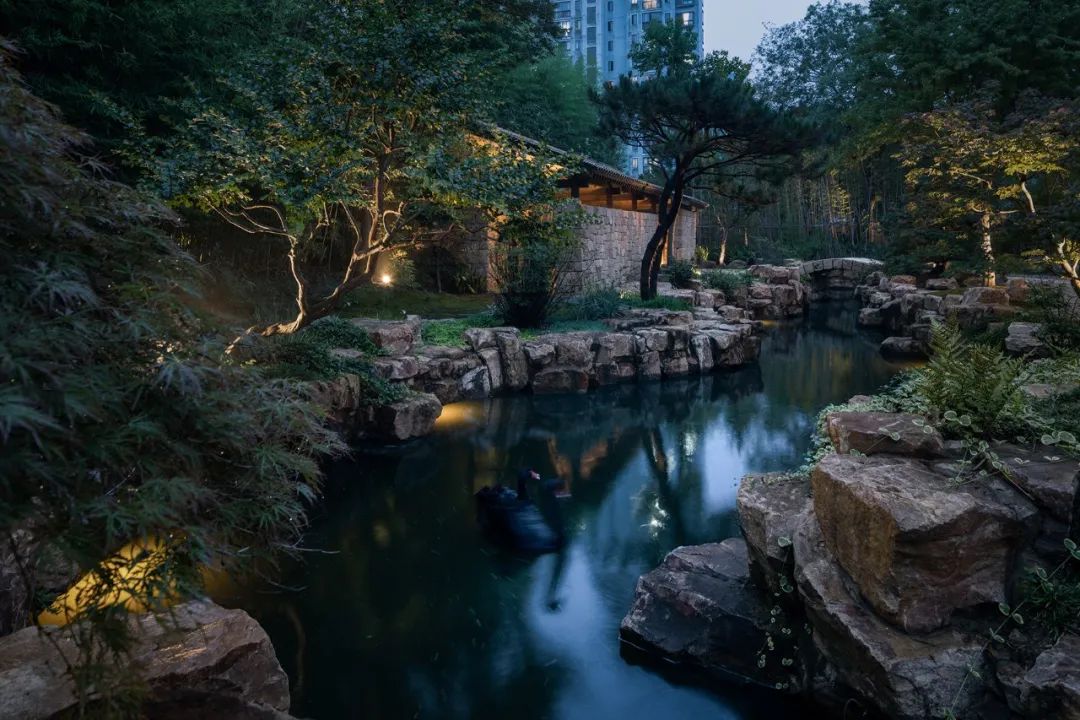
©吴清山
南入口对应着路东侧的停车场,为了给后续进入园内“山野自然之地”做铺垫,会先营造一种阴翳的山野进入体验。通过这个入口走廊后转头才能豁然进入山中旷地。
The southern entrance corresponds to the parking lot on the east side of the road. To set the tone for the subsequent entrance into the "natural wilderness" of the garden, an initial shadowy mountainous entry experience is created. After passing through this entrance corridor, one suddenly enters an open space in the mountains.
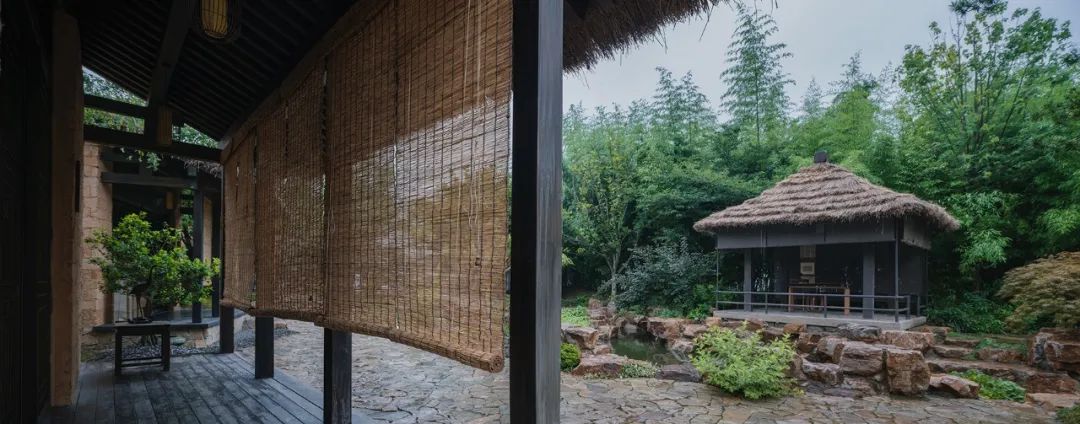
©吴清山
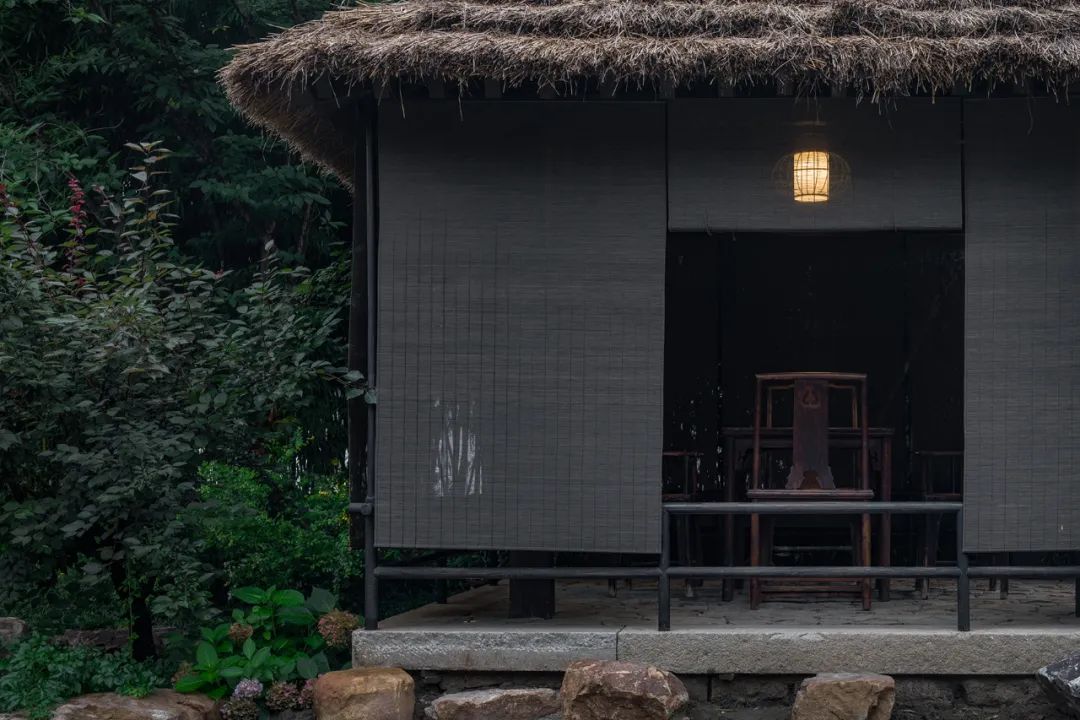
©吴清山
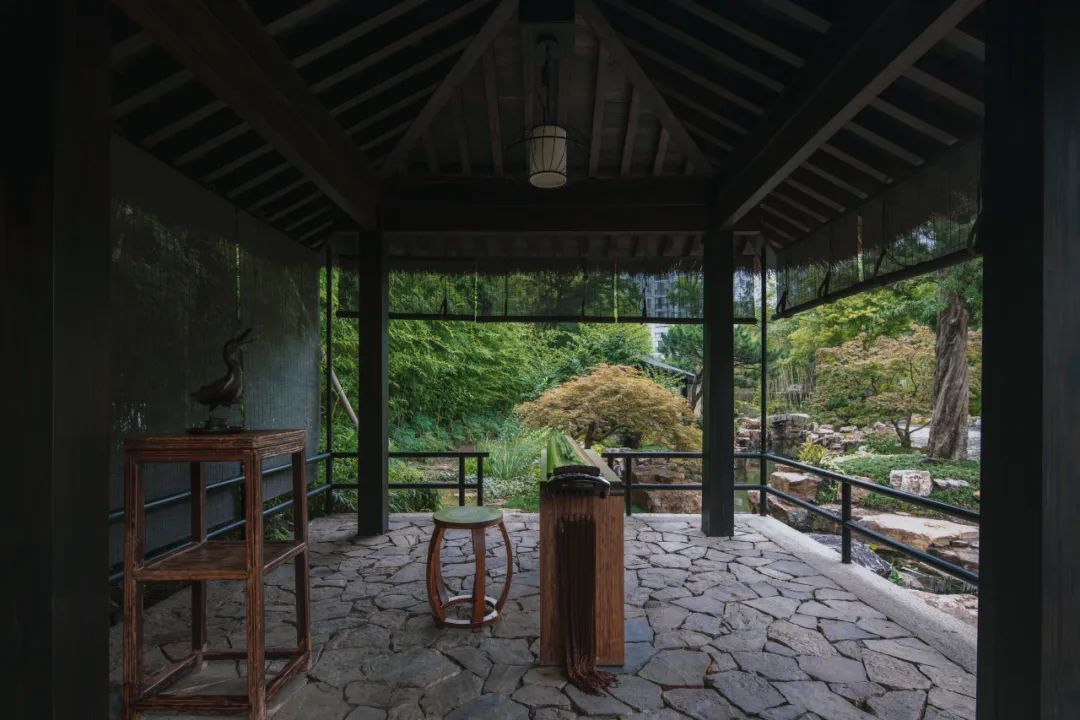
©吴清山

©吴清山
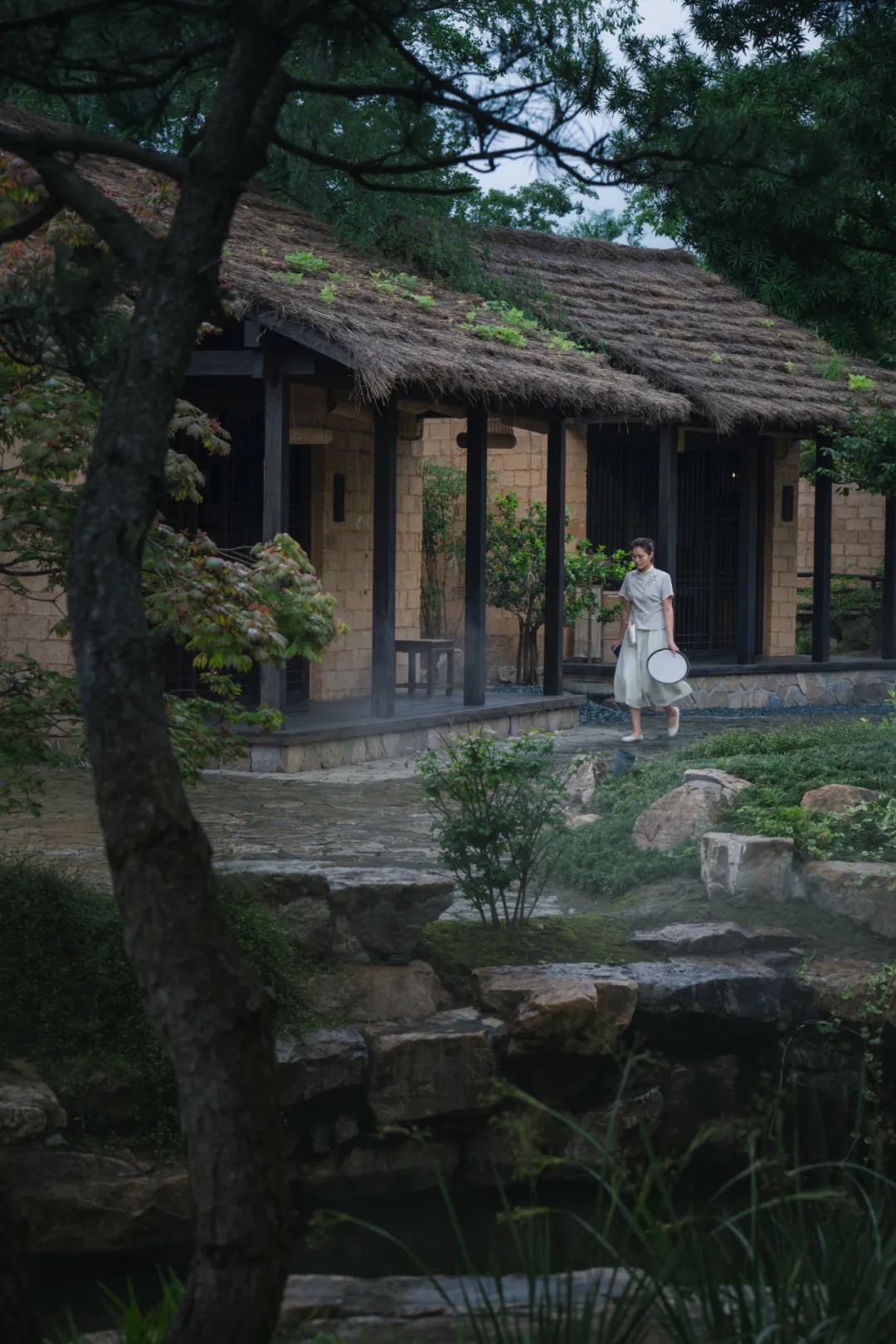
©吴清山
从各种兰亭主题的绘画中也不难看出,其表现的也是在郊野山林的某个水边的场地——“会于会稽山阴之兰亭……”。文中的“崇山峻岭”、“茂林修竹”、“清流急湍”放在画面中也主要表现后两者。而我们进一步让到访者置身于自然的感受就是将场地外部的环境与园内做了切分。
From various paintings themed on the Lanting gathering, its clear that the scenes often take place by the water in a rural mountain forest, as referenced in the phrase "meeting at the Lanting in the shadow of Mount Kuaiji...". The phrases "lofty mountains," "lush forests and tall bamboo," and "clear and rapid streams" are mainly portrayed as the latter two in the artwork. To further immerse visitors in nature, we distinguish the external environment from the garden.
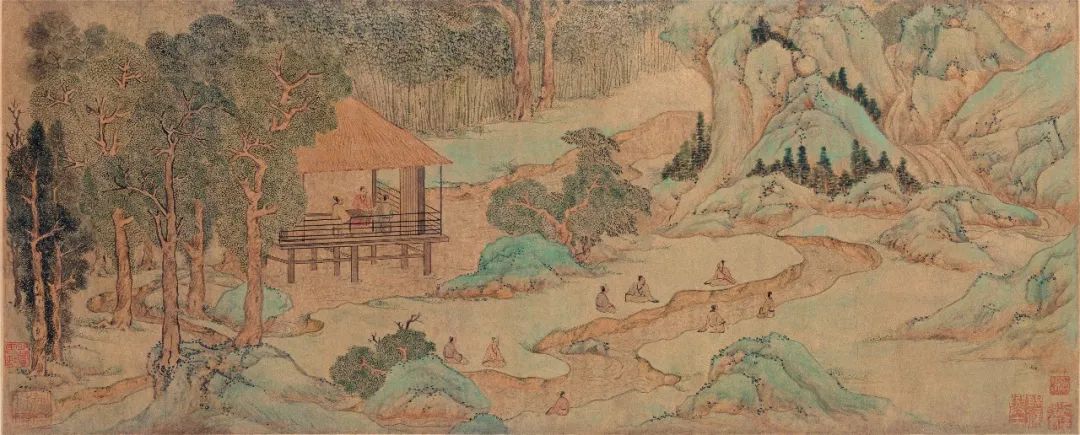
△ 明·文徵明 兰亭修契图

△ 元·赵孟頫 兰亭修禊图

△ 拙政园十二景图——槐幄图
西侧利用水系与植物,北侧是假山与地形,南侧以植物,东侧则是“茂林修竹”。这样,利用“自然”的元素使得人们始终沉浸在园内“山野”里。如《园冶》所写:“俗则摒之”,我们将一部分外界环境隔离,身处园内,视线基本被园内景致所吸引。
The west side uses water systems and plants, the north side has artificial mountains and terrains, the south side has plants, and the east side is full of "lush forests and tall bamboo". In this way, using "natural" elements, people are constantly immersed in the "wilderness" of the garden. As written in "Yuan Ye (The Craft of Gardens)", "expel the mundane", we isolate a part of the external environment, so within the garden, ones view is mostly drawn by the gardens scenery.
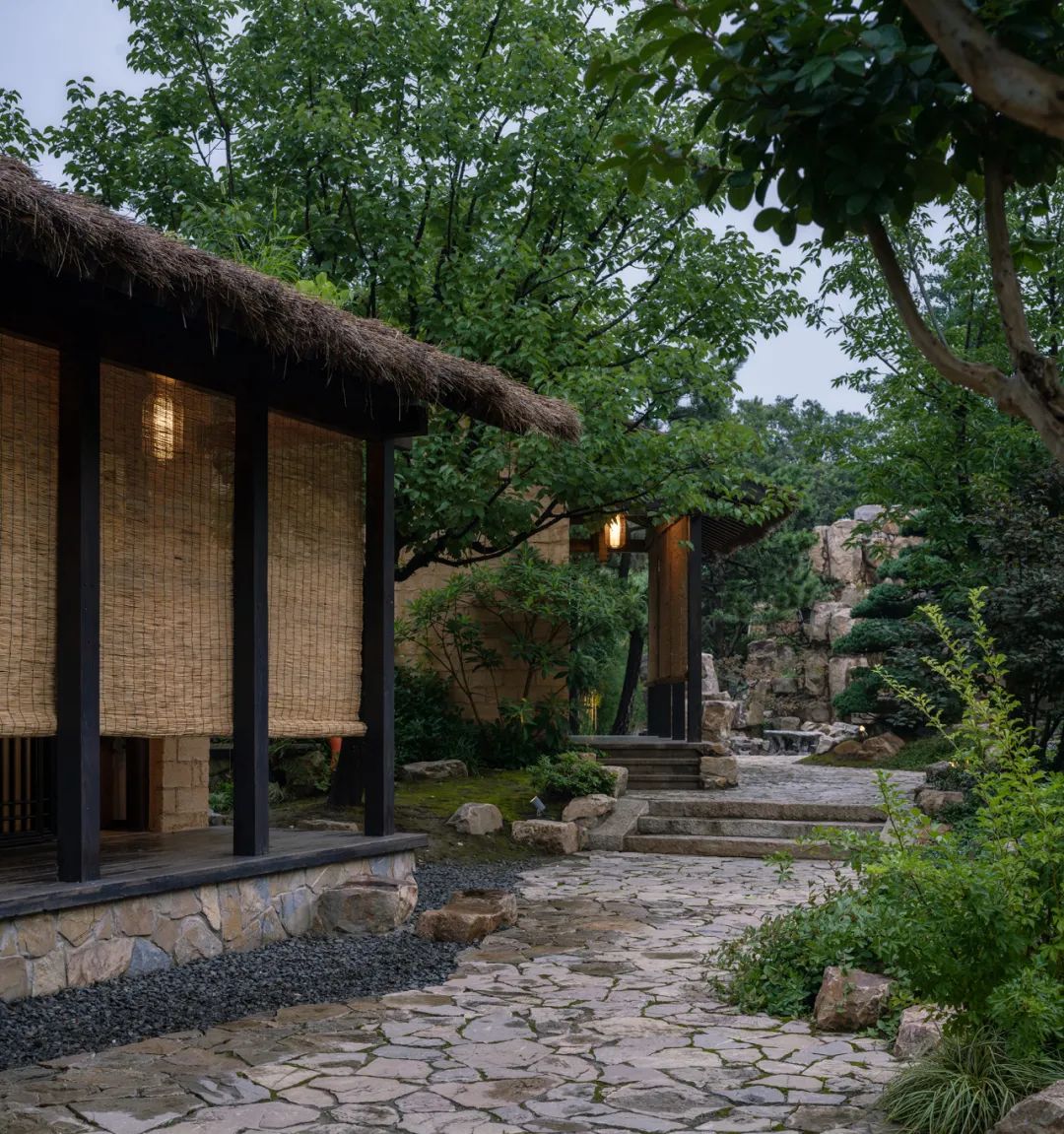
©吴清山

©吴清山

©吴清山

©吴清山
同样,在材料的选择及工艺做法上,也始终回应“山野自然”。园内石料主要用的是黄石,局部廊道及挡土墙用的是毛石,两者都表现了“野趣”。茶室的屋面基本用的茅草顶,这也使得建筑与环境相融,植物的配置上,除了业主指定要安放的大阪松之外,以杂木为主,地被采用的是苔藓,这又增加了环境中的山林野趣。
Similarly, in the choice of materials and craftsmanship, it consistently reflects the "natural wilderness". The main stones used in the garden are yellow stones, while the partial corridors and retaining walls use raw stones, both expressing a "rustic" charm. The roof of the tea room mainly uses a thatched roof, blending the building with its surroundings. For plants, besides the Osaka pines specified by the owner, mixed woods are mainly used, and moss is used as ground cover, further enhancing the wild charm of the environment.
©吴清山
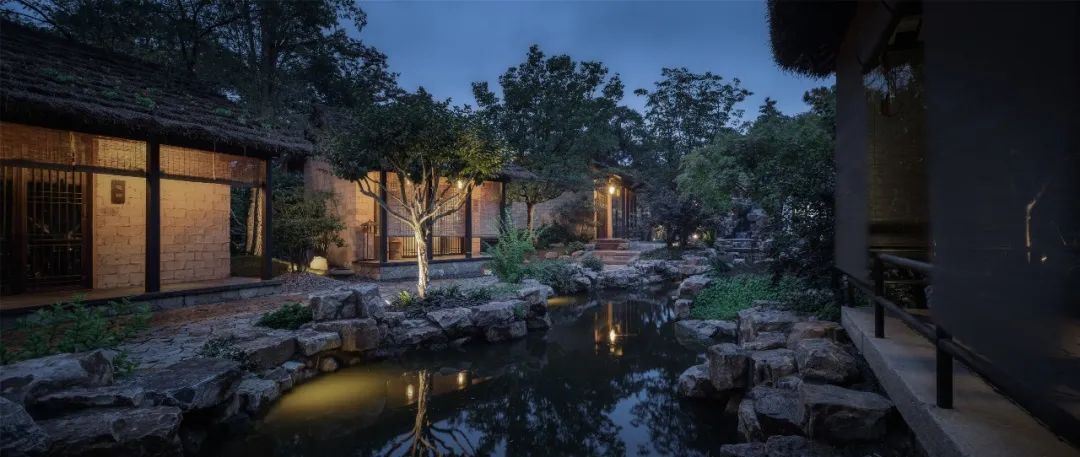
©吴清山
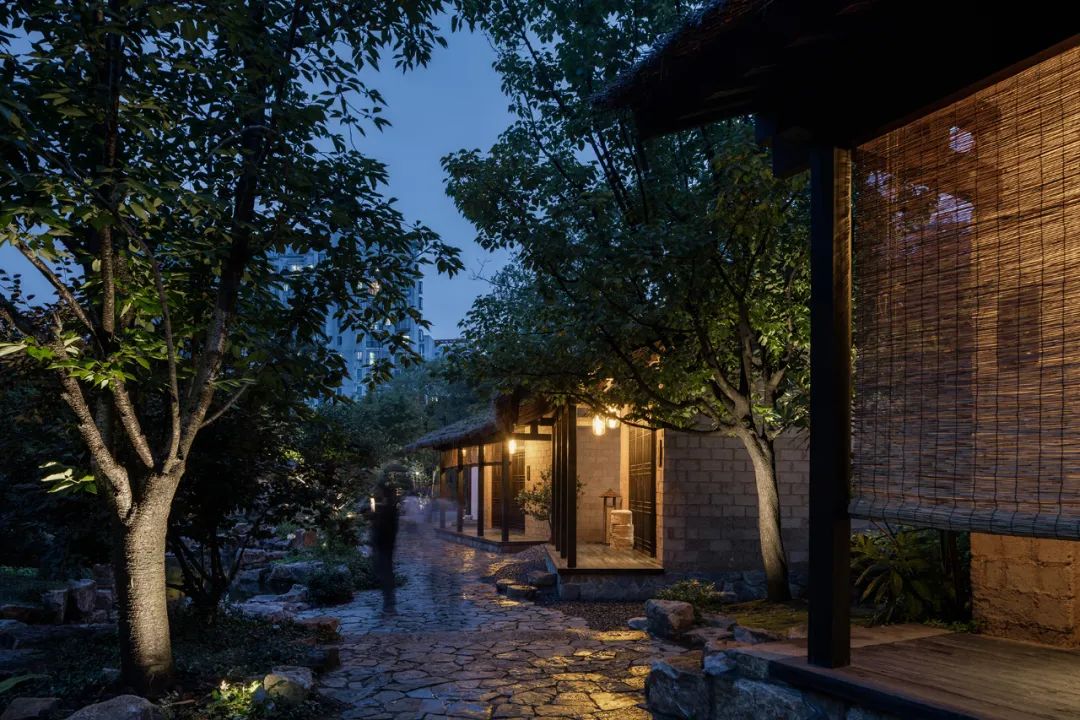
©吴清山最终,我们是希望通过这个项目探讨在文人语境里人与水、人与自然的关系,也思考了园林在当代的可以如何呈现以及可能扮演的角色。
Ultimately, through this project, we aim to explore the relationship between man and water, as well as man and nature, in the context of the literati. We also contemplate how gardens can be presented in contemporary times and the roles they might play.
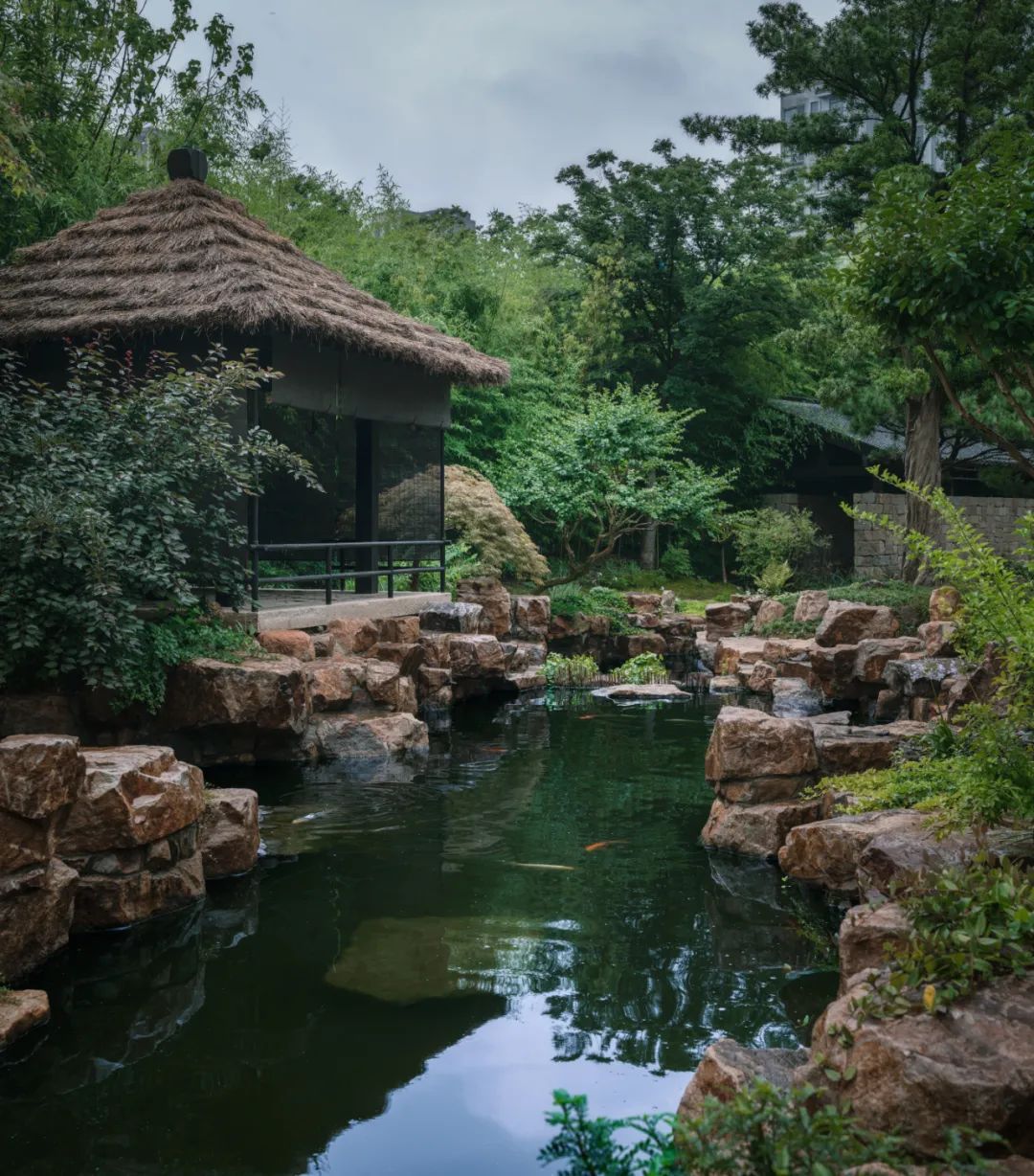
©吴清山

©吴清山
设计团队:郭文、杨小琴、包宇、张译文、顾宏宇、赵霜悦(实习)


